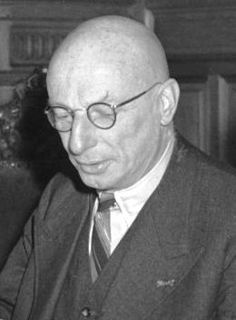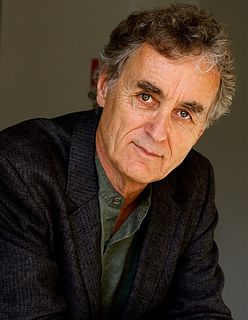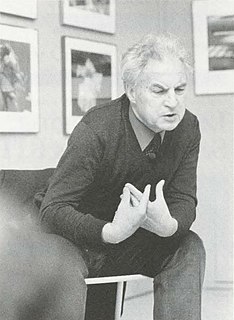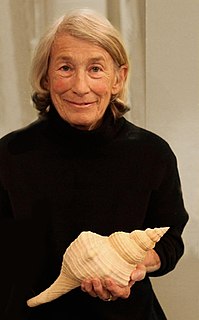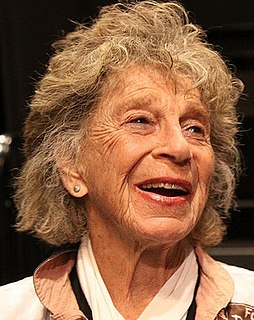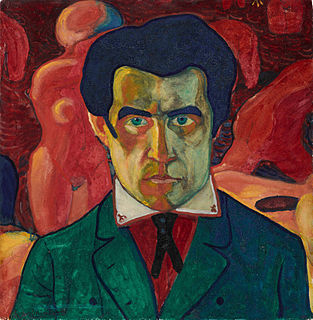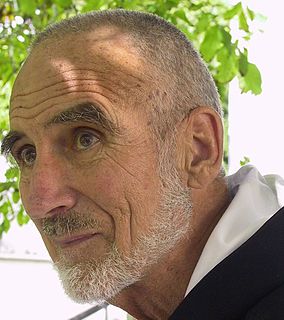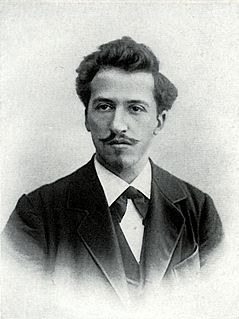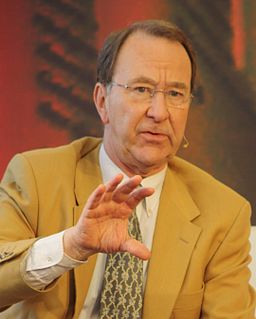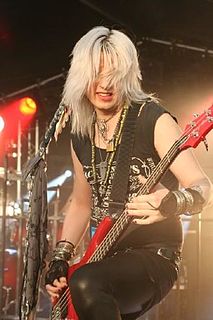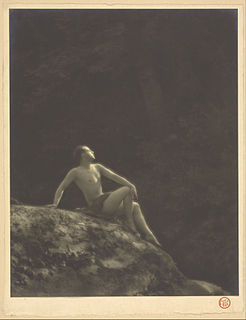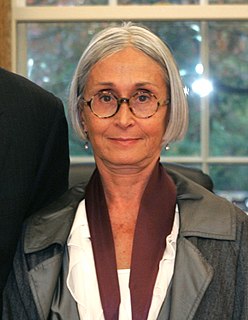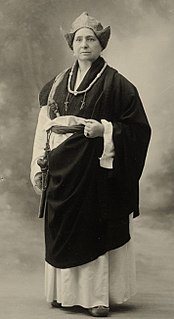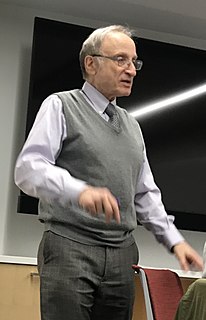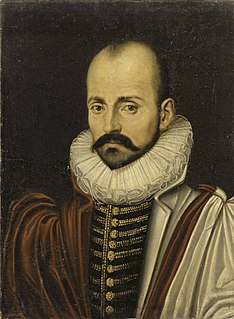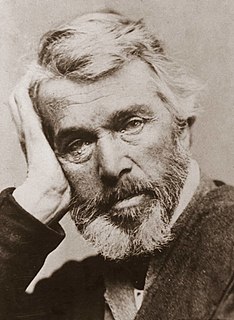A Quote by Gerard van der Leeuw
Historically and phenomenologically viewed, dance is the original art. All arts are found within it, in its undivided unity. The image, made dynamic through movement and countermovement, sings and speaks simultaneously.
Related Quotes
In Hinduism, Shiva the Cosmic Dancer, is perhaps the most perfect personification of the dynamic universe. Through his dance, Shiva sustains the manifold phenomena in the world, unifying all things by immersing them in his rhythm and making them participate in the dance - a magnificent image of the dynamic unity of the Universe.
To express dynamic motion through a static moment became for me limited and unsatisfactory. The basic idea was to liberate myself from this old concept and arrive at an image in which the spectator could feel the beauty of a fourth dimension, which lies much more between moments than within a moment. In music one remembers never one tone, but a melody, a theme, a movement. In dance, never a moment, but again the beauty of a movement in time and space.
Movement has the capacity to take us to the home
of the soul, the world within for which we have
no name. Movement reaches our deepest nature,
and dance creatively expresses it. Through dance,
we gain new insights into the mystery of our lives.
When brought forth from the inside and forged by
the desire to create personal change, dance has the
profound power to heal the body, psyche and soul.
The dance is the most universal of the arts, since, as Goethe justly said, it could destroy all the fine arts. It is an expression of all the emotions of the spirit, from the lowest to the highest. It accompanies and stimulates all the processes of life, from hunting and farming to war and fertility, from love to death. It enables, in turn other arts to come into being: music, song, drama. Despite all their riches, the dance is no formless complex, but a simple unity.
Art is a funny thing. It's a communicative medium. It really is, and it works outside of literature, the movies, stage, it has its own realm. It's like when you say "The Arts," those are all the arts, dance, theater, ballet. So within that set of areas of expression, we have visual art and it is visual and it's about looking at something and seeing it in the light with our eyes, maybe touching it or not touching it, or wanting to touch it, not being able to touch it.
If there is anything the artist or a true work of art teaches us, it is that variety and complexity really increase the unity, and that to achieve unity within a great variety of complexity is a greater achievement and more satisfying piece of art than to achieve unity with just a few elements, which is relatively easily achieved.
The repeated claim before the 'seizure of power' - that the NSDAP, as a national social-revolutionary movement, and not simply another political party... would create new bonds of unity through its elimination and transcending of the party system, was highly attractive and conveyed much of Nazism's dynamic appeal.
Unless created as freestanding works, quotations resemble "found" art. They are analogous, say, to a piece of driftwood identified as formally interesting enough to be displayed in an art museum or to a weapon moved from an anthropological to an artistic display.... The presenter of found art, whether material or verbal, has become a sort of artist. He has not made the object, but he has made it as art.
